Today, we met our guide for the “Real Quito” tour, which was billed by Happy Gringos as more of a look inside the lives of locals. We started with a drive to the Old Town for a fairly extensive walking tour where we explored numerous shops and markets, which was intermixed with explanations of how various products were created or used in the local Spanish, indigenous, or mixed cultures.
This is where it helps to have a local guide. He knows where things are made (local vs. import) and who things are used. For example, we saw a shop that made what looked like Halloween masks:
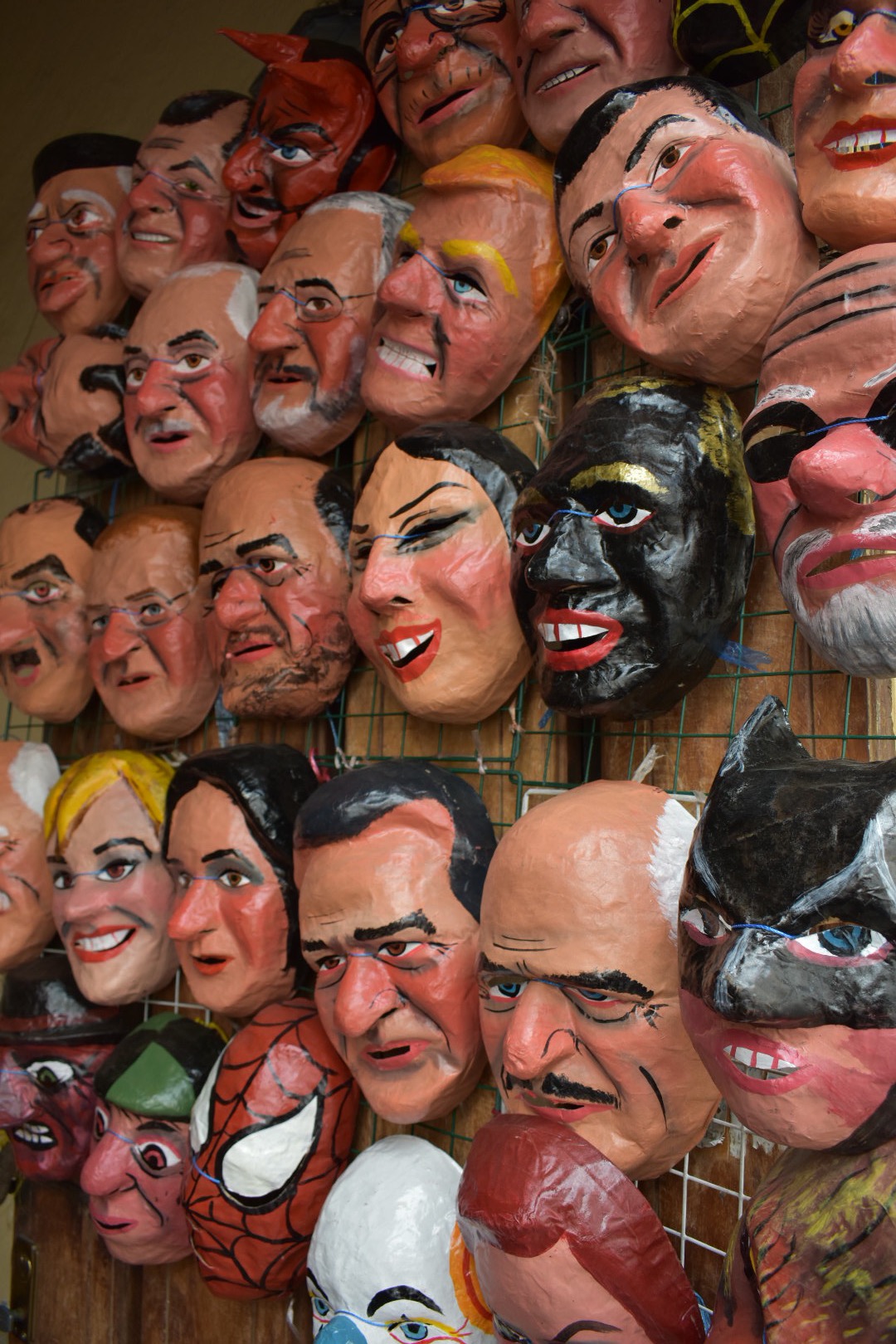
As a casual observer, we would have simply thought “ahhh… cool masks” and moved on. But, he explained to us that people in Quito use the masks to dress up as themselves on New Year’s Eve and then burn their own effigies later that night to ride themselves of the bad things (stresses, problems, concerns, etc.) from the prior year. This process repeated again and again as we learned about the use of plants, foods, clothing, hats, etc. and where to buy (and not buy) goods due to variations in price and quality.
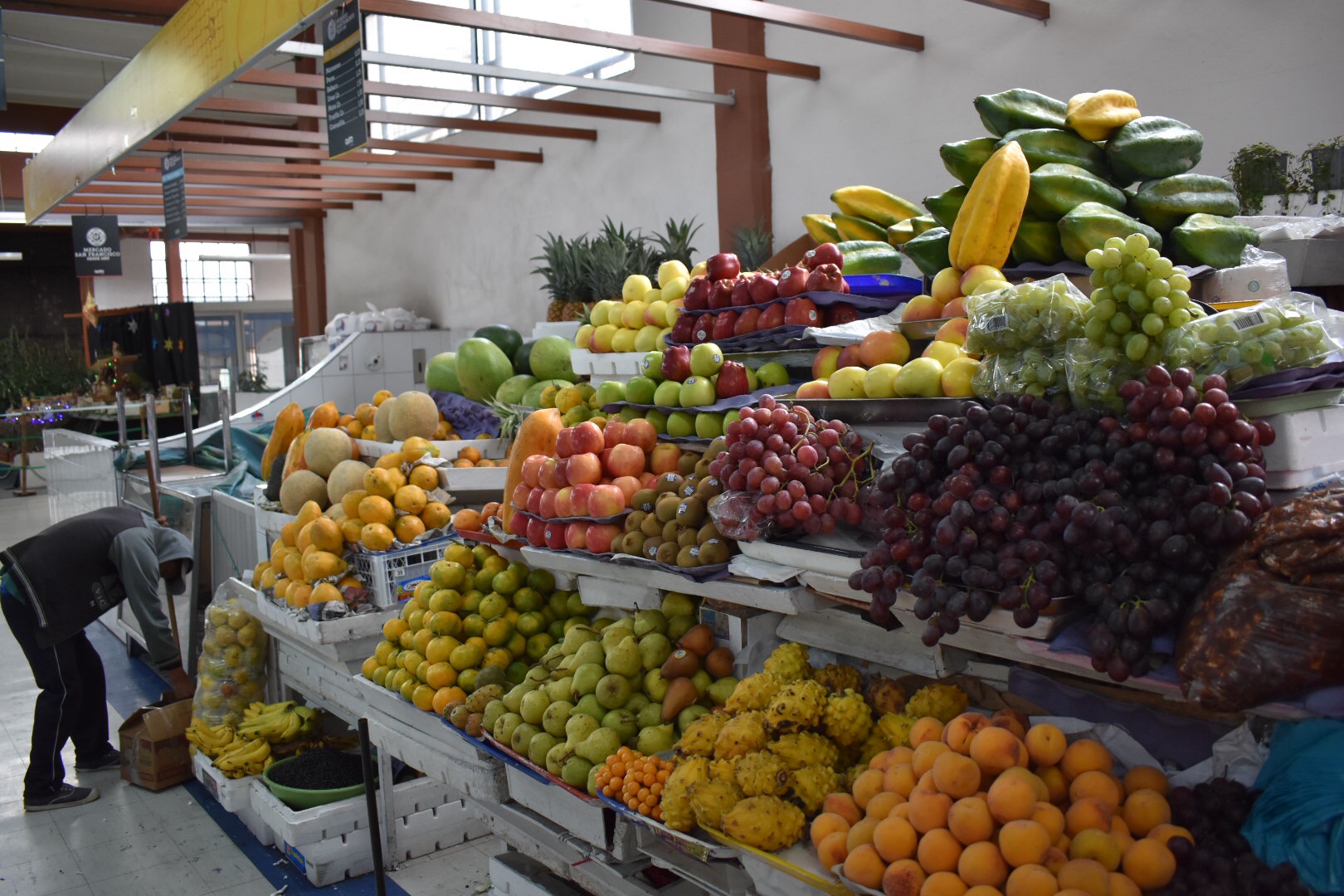
For example, we found that the cost of everything from fruit to HD TVs varied greatly between the large stores in the neighborhood of our Marriott vs. the small shops in the markets of the Old Town. Indeed, our guide picked up some Christmas tree lights ($2 for a set instead of the $5 he would have paid closer to his home for the same product).
He also pointed out to us the small ways in which neighborhoods changed in the span of a few blocks. “Notice here the music is different and what’s sold in the stores has changed.” And, it was true: the music had a more distinctive “folk” vibe and electronics boutiques had given way to shops selling staples (rice, beans, and spices) in bulk. As a visitor from a different culture, you might not pick up on these things so easily as the contrasts aren’t always stark.
We visited the streets of La Ronda, which had been a dilapidated and dangerous area near the central bus depot a little more than decade ago but now the bus station was a park and the neighborhood was a charming, restored spot for night life.
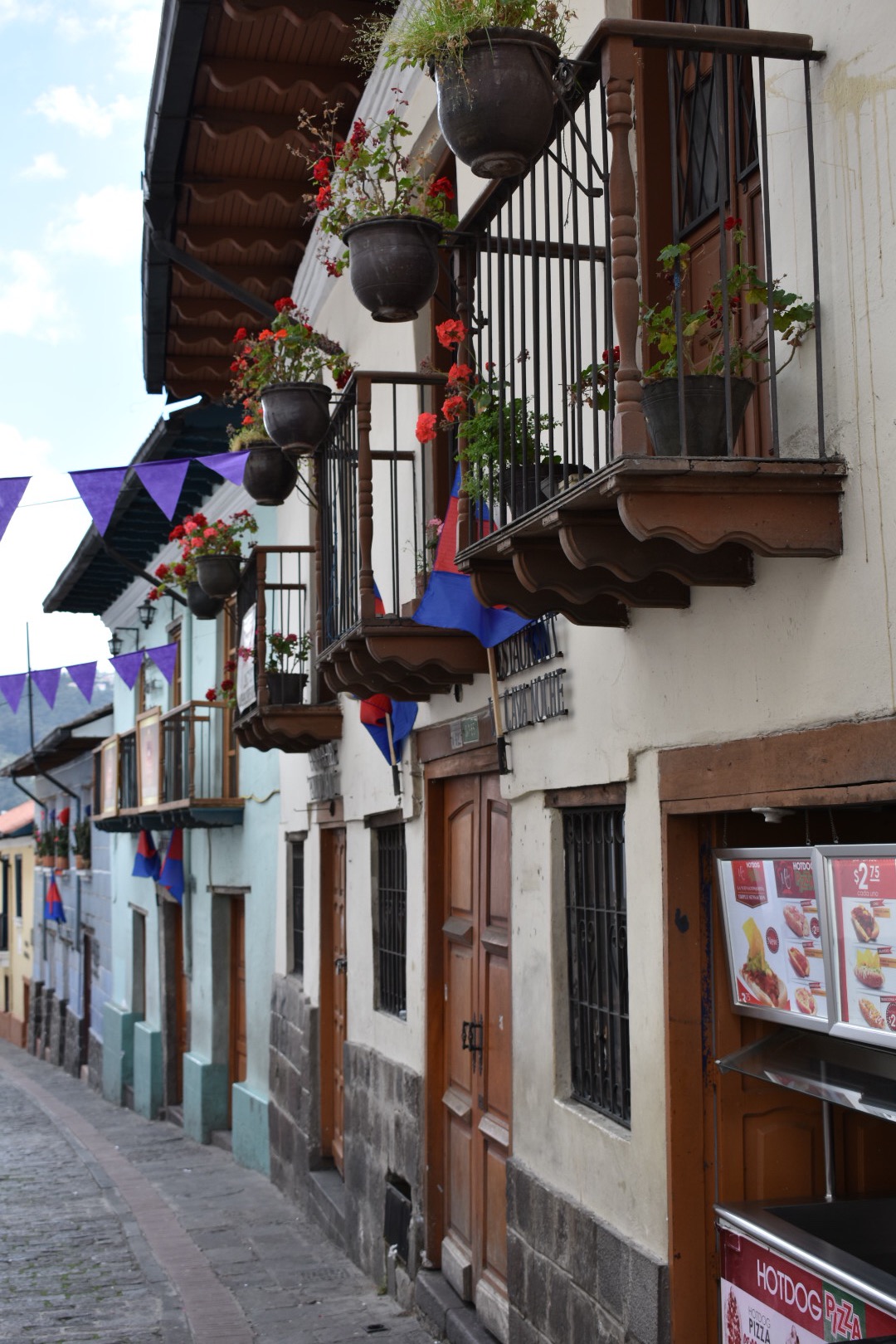
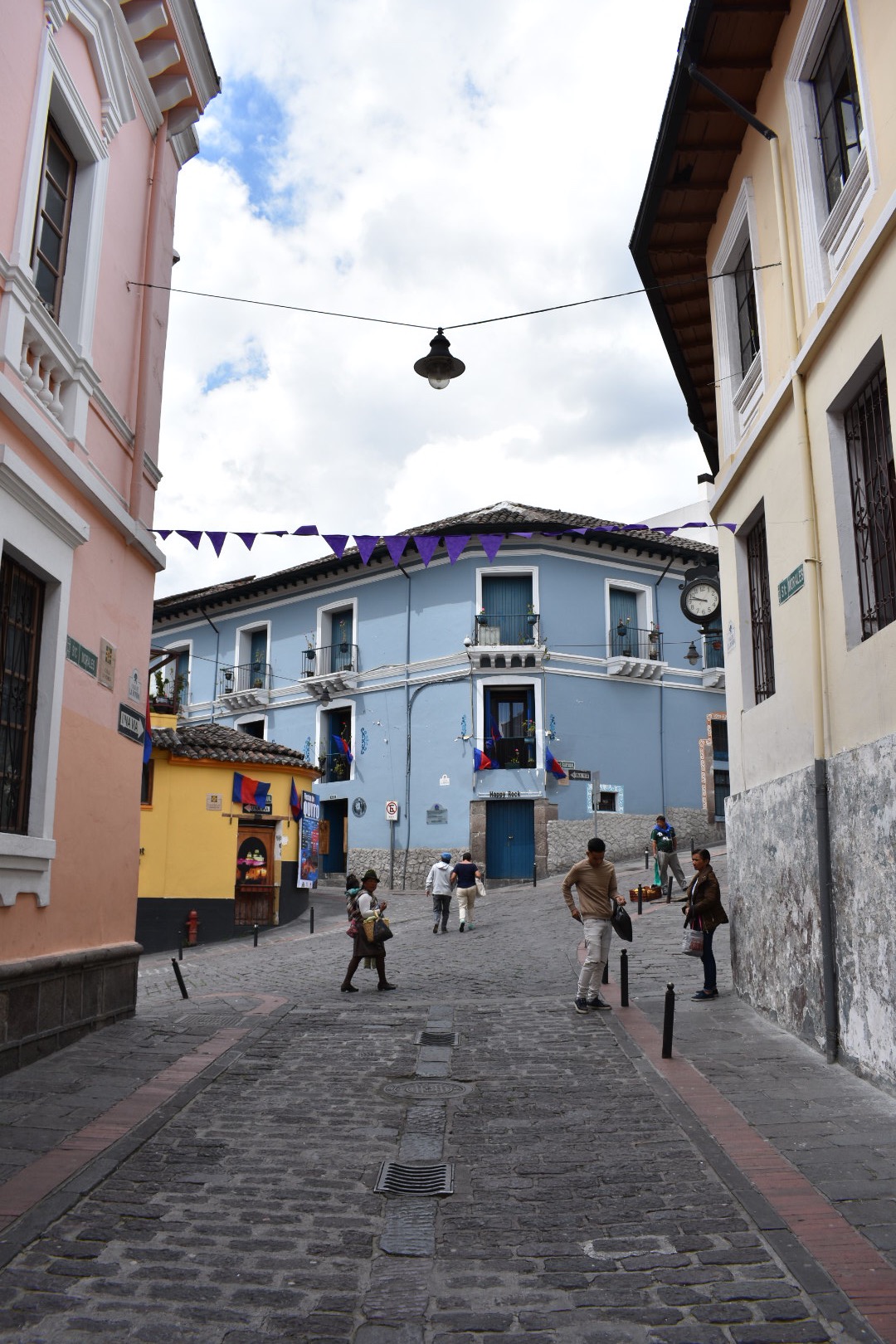
Here are a few more views of the Old Town of Quito:
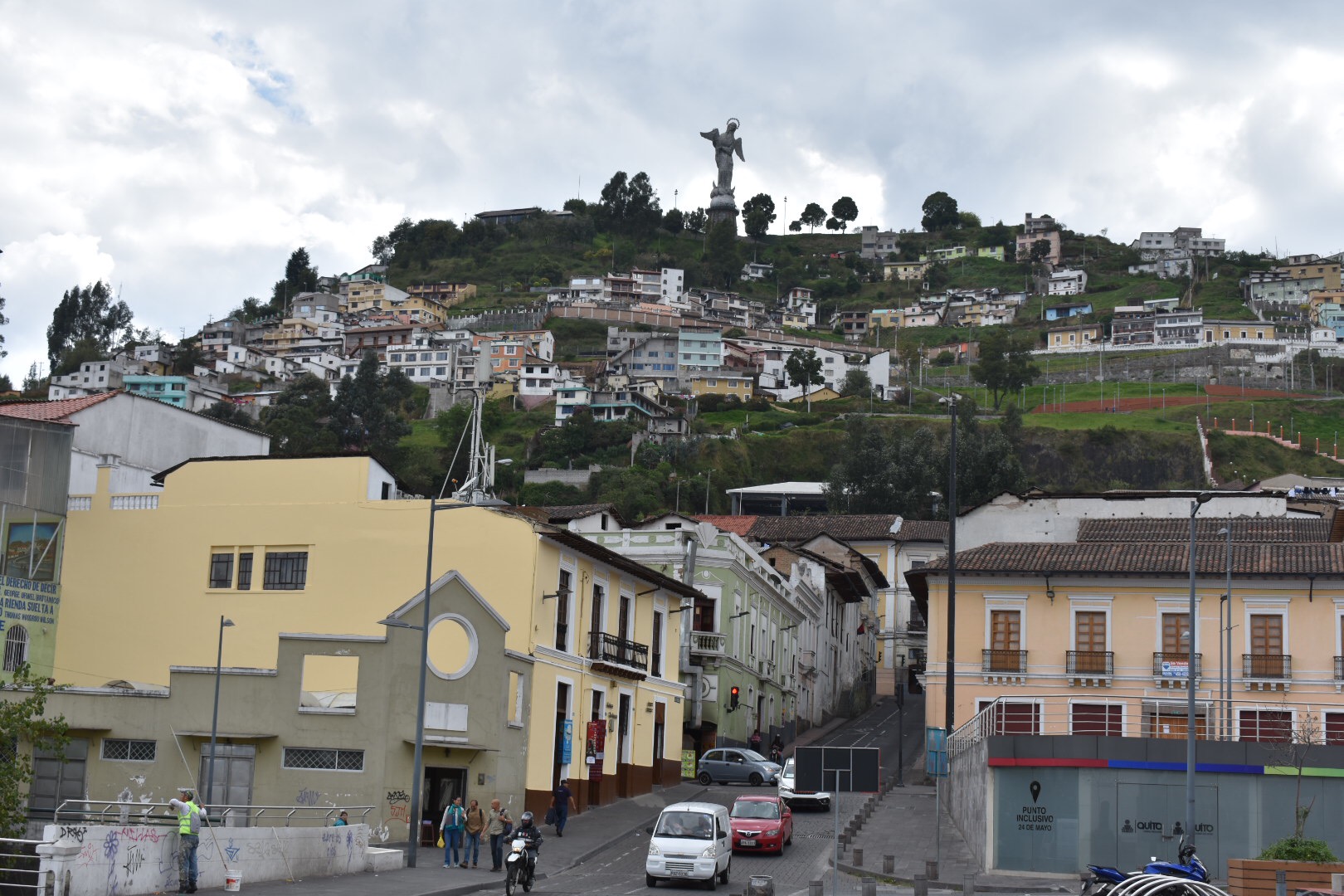
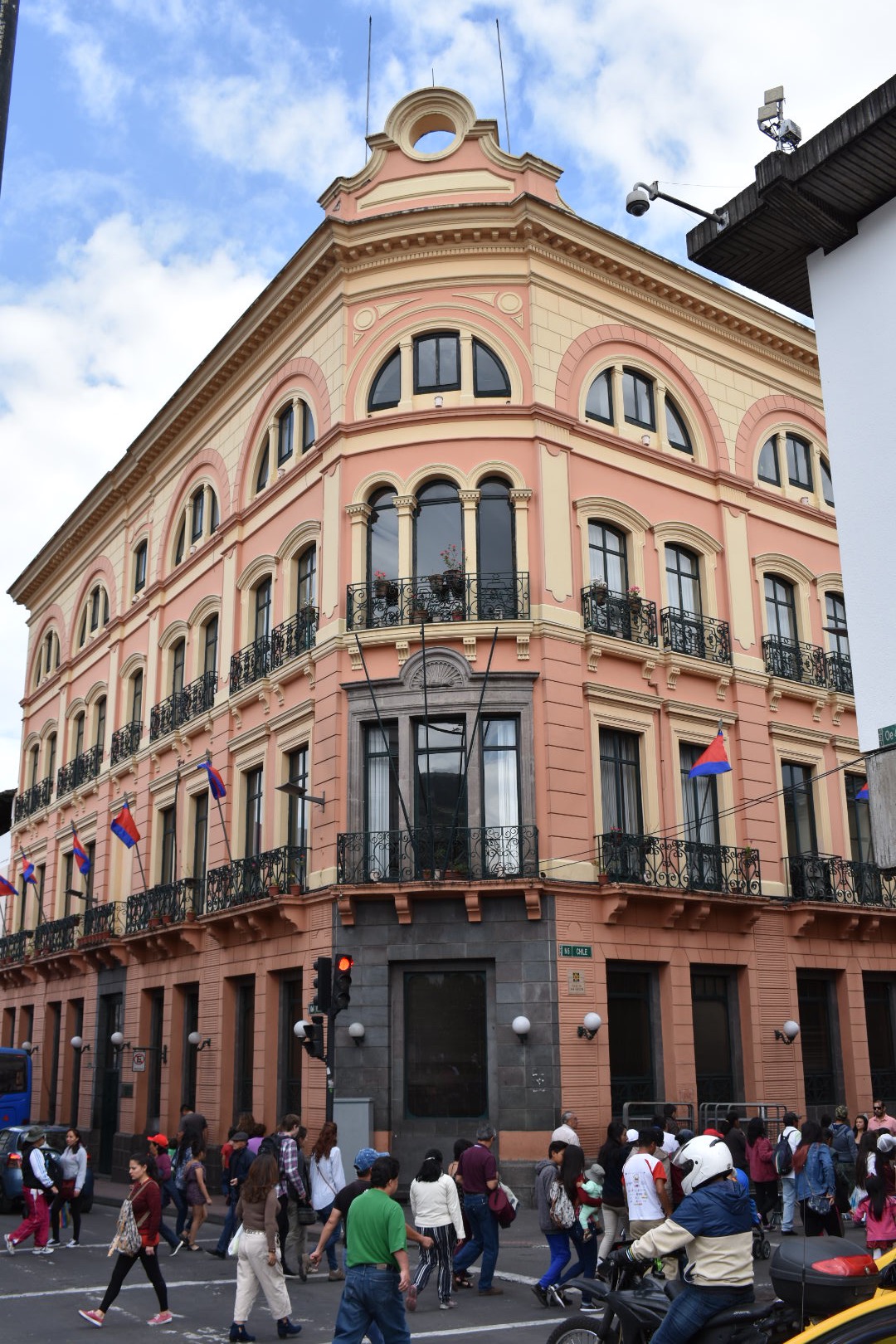
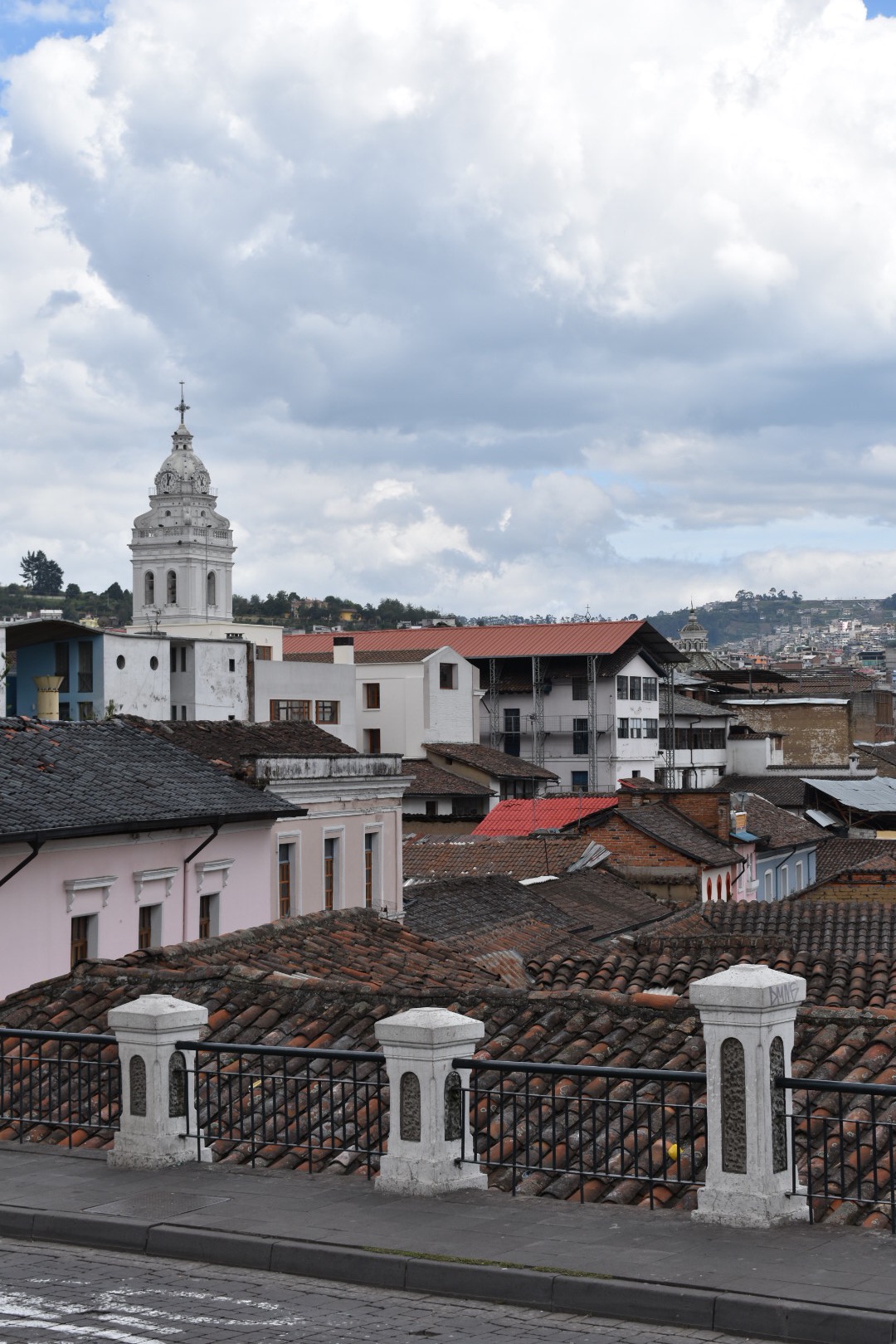
Our final stop was something completely different, a visit to La Casa Museo Guayasamín and Capilla del Hombre, basically Oswaldo Guayasamín’s house and studio (now a museum of his own work and his collection of pre-Colombian and colonial art) and his masterwork, The Chapel of Man, a purpose-built museum dedicated to Latin Americans to house his paintings and sculptures in an atmosphere which he designed for his artwork.
His house, studio, and its collections were simply stunning and nearly impossible not to like.
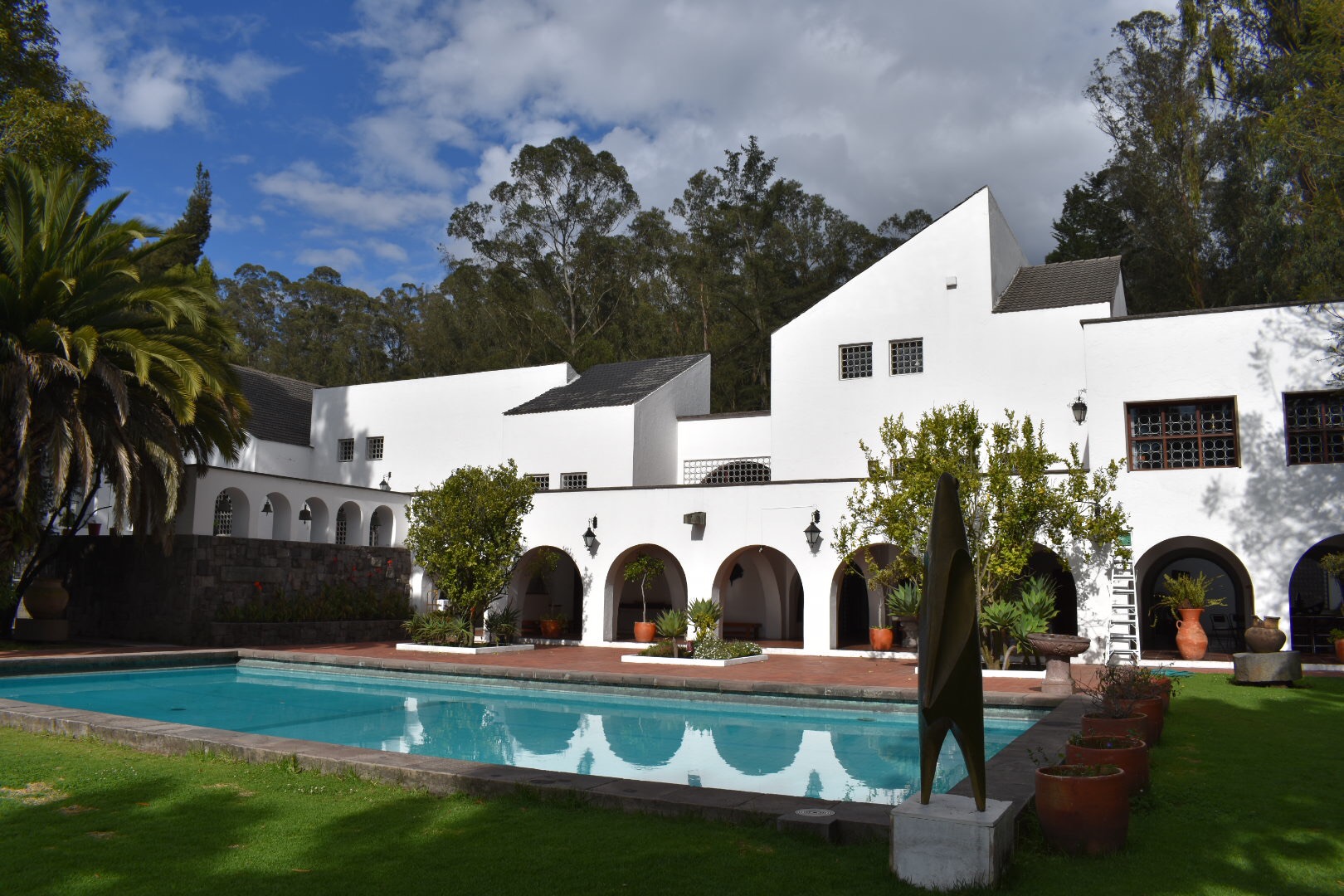
It was also interesting to watch videos of him working. Professional artists simply wield their tools with a kind of confidence and virtuosity that’s something to behold. He’s not an especially popular or well known figure in the United States, probably due to his political views (as a socialist and atheist) and close relationships with unpopular Latin American figures (e.g., he was an admirer and close friend of Fidel Castro).
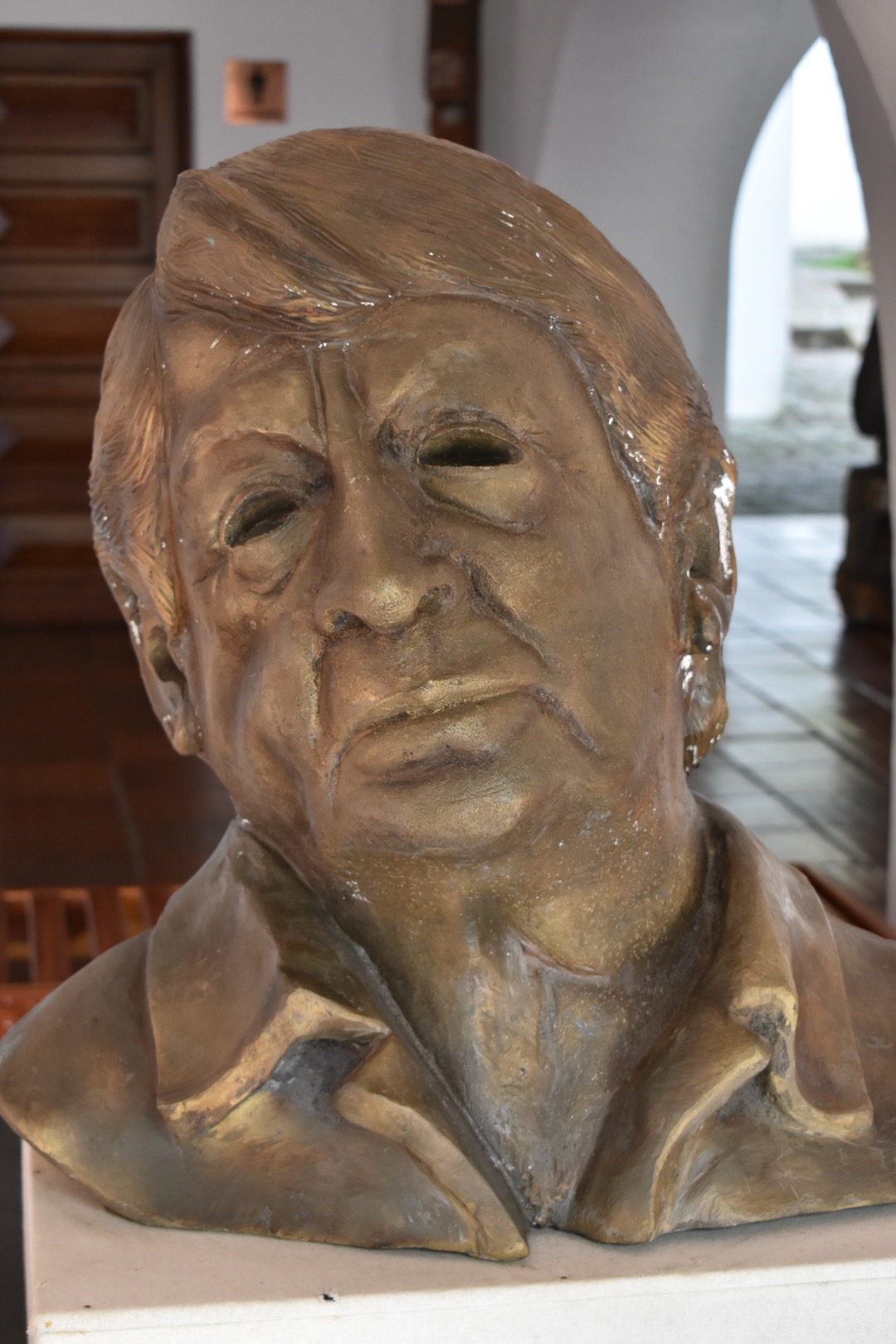
Overall, his art–which reminds me a lot of Picasso, who was his strongest influence–doesn’t blow my hair back, but I greatly appreciated his creative energy, desire to improve the lives of (disadvantaged and native) people, and the world he’d built for himself (down to designing his own floor lamps).